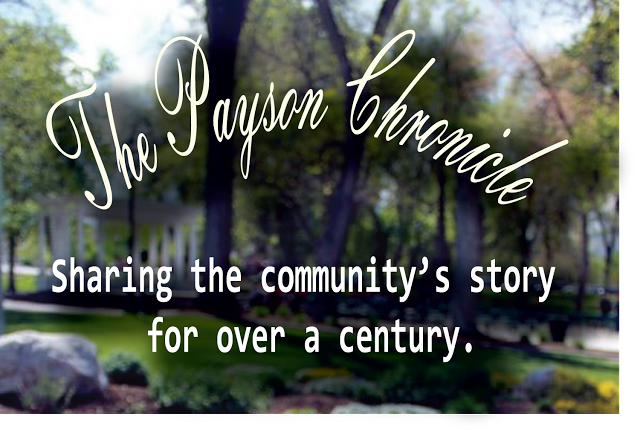Troy Wilde
SALT LAKE CITY - Heroin use and abuse in the U.S. is rising among most age groups and income levels, according to a new report from the Centers for Disease Control and Prevention. Usage has risen the fastest, more than doubling, for young adults.
In Utah, it's reported that about 80 people die each year from a heroin overdose. The reasons behind the rise are complicated, says CDC Director Dr. Tom Frieden.
But one thing is clear, there's a connection to opioid prescription painkiller addiction.
"The chemical is essentially the same," says Frieden. "So, when heroin is five times cheaper and much more widely available, it becomes something that's driving this trend of rapid increase in heroin use."
It may be a case of unintended consequences, with Frieden explaining that prescription painkillers became harder to obtain after limits were imposed because of addiction concerns. The CDC report says 45 percent of those who have used heroin had been dependent on prescription painkillers. Another finding, people without health coverage are more likely to use heroin.
There's also been a national uptick in heroin overdose deaths, more than 8,000 in 2013. Frieden says quality and potency varies on the street, and overdose-reverse medications aren't always readily available in emergency rooms, although he says that needs to change. He underscores the need to keep opioid painkillers as medical treatment options despite the heroin connection, with pros and cons weighed carefully.
"If someone has excruciating pain from a surgical procedure, or a car crash, or a severe, terminal pain from cancer, you absolutely want to provide all palliation," says Frieden. "For chronic non-cancer pain, you really have to look at the risks and the benefits."
Recommendations for stemming the tide of heroin abuse include increased access to treatment, including medication-assisted treatments, recognition of the link between past prescription painkiller dependence and future heroin use, and pain treatment plans for chronic sufferers that include options beyond medications.
In Utah, it's reported that about 80 people die each year from a heroin overdose. The reasons behind the rise are complicated, says CDC Director Dr. Tom Frieden.
But one thing is clear, there's a connection to opioid prescription painkiller addiction.
"The chemical is essentially the same," says Frieden. "So, when heroin is five times cheaper and much more widely available, it becomes something that's driving this trend of rapid increase in heroin use."
It may be a case of unintended consequences, with Frieden explaining that prescription painkillers became harder to obtain after limits were imposed because of addiction concerns. The CDC report says 45 percent of those who have used heroin had been dependent on prescription painkillers. Another finding, people without health coverage are more likely to use heroin.
There's also been a national uptick in heroin overdose deaths, more than 8,000 in 2013. Frieden says quality and potency varies on the street, and overdose-reverse medications aren't always readily available in emergency rooms, although he says that needs to change. He underscores the need to keep opioid painkillers as medical treatment options despite the heroin connection, with pros and cons weighed carefully.
"If someone has excruciating pain from a surgical procedure, or a car crash, or a severe, terminal pain from cancer, you absolutely want to provide all palliation," says Frieden. "For chronic non-cancer pain, you really have to look at the risks and the benefits."
Recommendations for stemming the tide of heroin abuse include increased access to treatment, including medication-assisted treatments, recognition of the link between past prescription painkiller dependence and future heroin use, and pain treatment plans for chronic sufferers that include options beyond medications.





No comments:
Post a Comment
Note: Only a member of this blog may post a comment.